Maximize Space Using Garden Interplanting
As a gardener, it’s sometimes frustrating to plant crops where you only have a short window of food provisions. This is fine if you’re growing crops to can or dehydrate for future use.
But you probably want to have a food source going at all times. One way to achieve this is to garden using the interplanting or intercropping strategy. This allows you to grow some slow growing plants along with some faster growing ones.
Your vegetable garden can be a a constant source of food with this technique. Feed your family nutritious vegetables all season long. Gardening is a great source of exercise too. Your body will thank you for all the good things gardening has to offer.
Learn more about small homesteading.
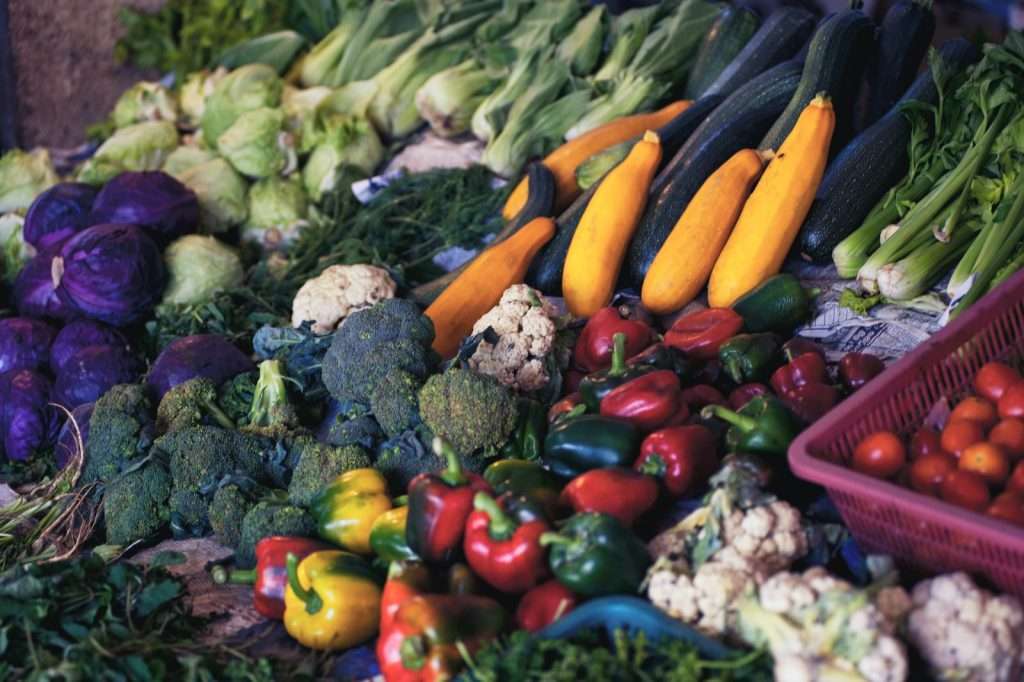
Interplant Slow And Fast Growing Plants
So while one is harvested more quickly, you know that after that harvest, your slower growing one will later come to maturity. There are different ways to do this. You can use the same garden space to achieve it; you don’t have to have one area for fast growing crops and another for slow growing ones.
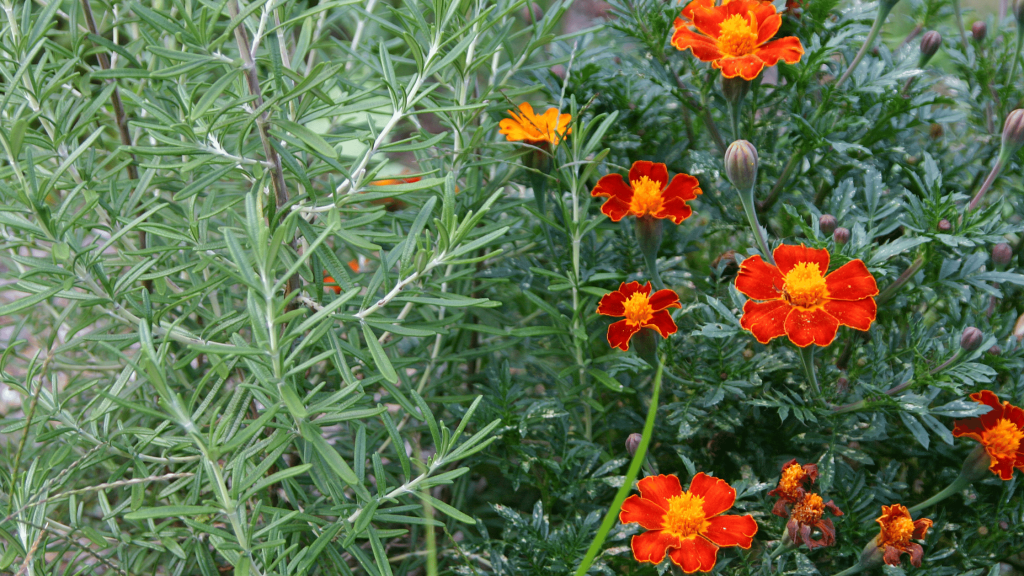
Consider Root Depths And Plant Height
You can grow different speed growth plants in the same row, alternating the seeds and growing them side by side. In order to be successful with interplanting, you need to look at the time it takes for a seed to sprout and grow to maturity.
Pair them up the right way, which means taking into consideration the depth of the roots and the shade factor, too. Some plants like carrots will have deep roots, so those might go well with lettuce, which is shallow ñ allowing them to share the space nicely.

Interplant Food And Insect Repellant Plants
Interplanting requires you to make sure that one tall growing plant can’t tower over a slower growing one, blocking all sunlight that it needs. Some people interplant using food and pest repelling plants.
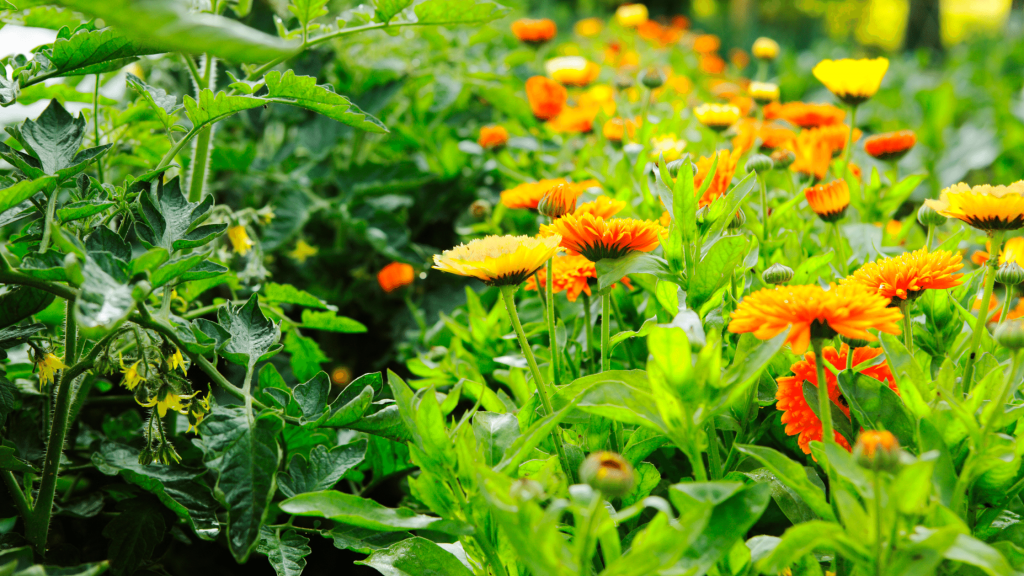
Example Of Food And Pest Repellant Interplanting
So the second crop wouldn’t be a food plant, necessarily, but one that repels pests to allow the food crop to grow without interference. This allows you to grow plants without having to use harmful pesticides on them.
The chemicals and scents in these crops keep pests away. There was one study done that showed how planting leeks in and among bean plants kept bean flies away from the crops due to the odor the leeks emitted.
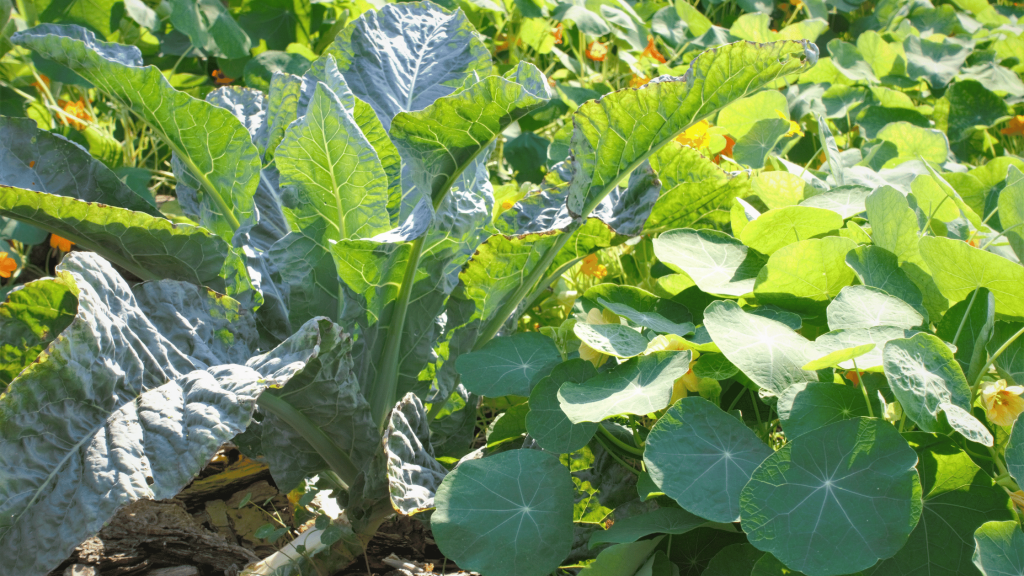
Trap Cropping
There is also a strategy called trap cropping. The trap crop that’s interplanted with the food plant is attractive to pests, keeping them away from the food plant. You can put pesticides only on the trap plants, keeping the food ones clean and organic.
Make sure the two crops you plant together are compatible. Sometimes, one plant can affect the taste of another, making it turn bitter. You also need to know that if one of the two crops is not a food plant, it will mean less harvest for you, so always try to find a food seed to intercrop with.
SAVE FOR LATER
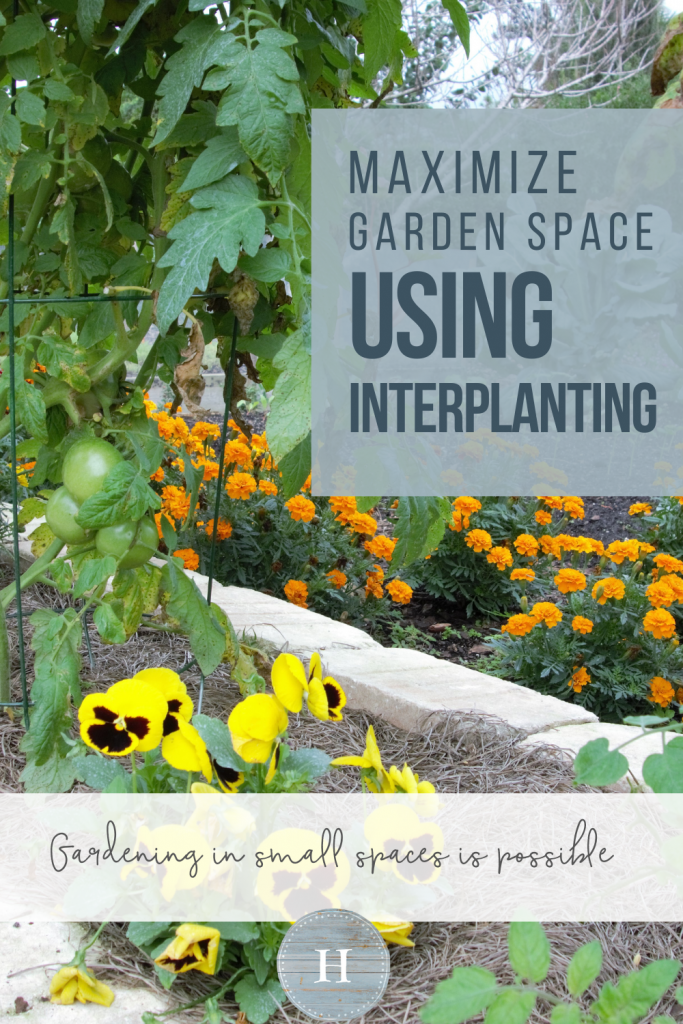
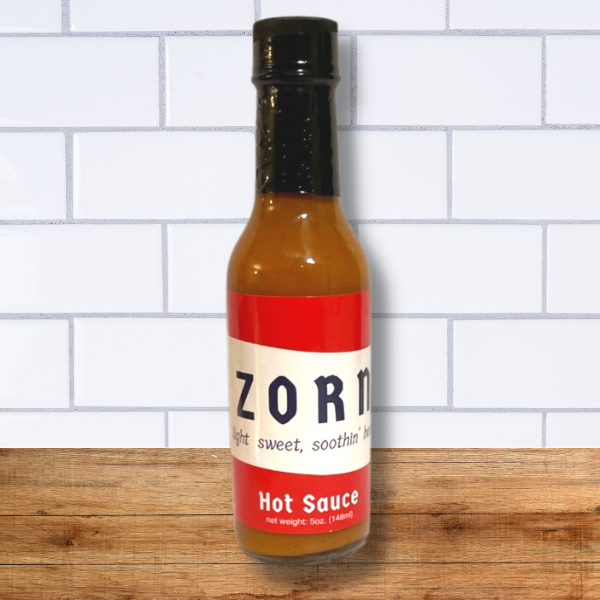
ZORN Hot Sauce, Gourmet Hot Sauce with Carolina Reaper Peppers, Lightly Sweet, Soothin’ Heat Awesome Flavor Experience in a Bottle, 5 oz.







